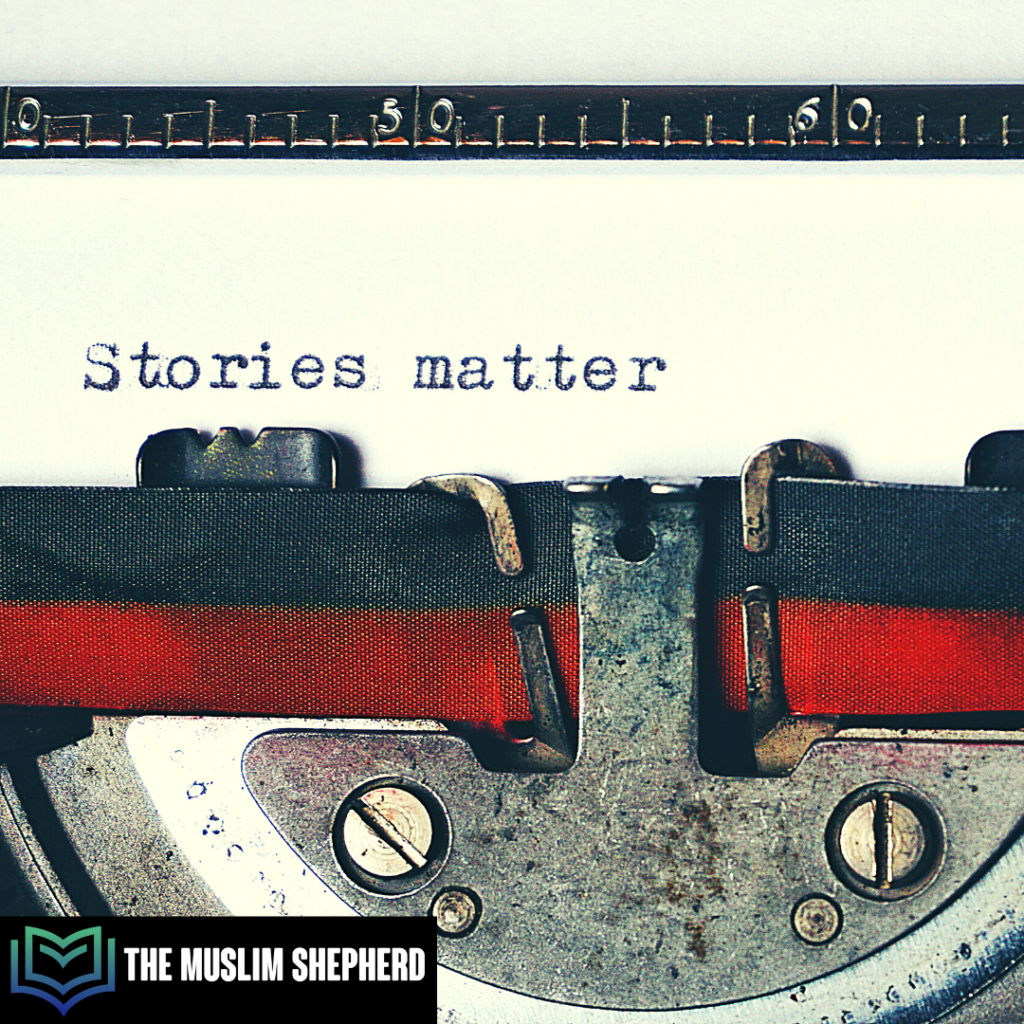Everyone had, has, and will have these kinds of dialogues.
Do you know which ones I’m talking about?
When someone says or does something and bang!
Instantly your emotions are high. You feel what feels and act accordingly.
In general, nothing good comes out of dialogues when the feelings are aroused. It ends up either in violence or silence.
Everything goes so fast that it seems we can do nothing about it.
The truth is: it’s possible to stay in control of the situation.

How to stay in control during a heated dialogue?
We need to review the situation in slow motion.
First, there is an event. You see or hear something.
For example, you told your colleague to do something and he did the opposite.
Or your partner is making faces without saying a word.
Second, in reaction to what you saw or heard, a feeling appears.
Maybe you are annoyed. Or even angry.
Third, you take action.
Now you will respond to what you heard or saw.
Your feelings will determine how you will act.
Either you’ll be violent or silent.
You respond with anger towards your colleague. Or you remain silent with your partner and increase the tension.
But is it really what happened?
Was it the right sequence? Event—feeling—action?
Know about your stories
In “Crucial Conversations”, the New York Times bestselling book, the authors mentioned a different sequence.
The new path to action looks like this: Event— Story—Feeling—Action.
Emotions don’t appear out of anywhere. They are the result of the story we tell ourselves.
This story is an interpretation of the event and what to do about it.
There is always a story, whether we are conscious of it or not.
Depending on what we tell ourselves, we will feel a certain way, and act a certain way.
Understanding this sequence solves many problems of daily life:
- Impossible dialogue between parents and their kids
- The toxic relationship between colleagues
- The tension between a couple
Fortunately, we can avoid those situations if we pay attention to our stories.
What stories we tell ourselves and how to change them

The authors of “Crucial Conversations” layout 3 kinds of stories we tell ourselves:
- The Victim Story– It’s Not My Fault
- The Villain Story– It’s All Your Fault
- The Helpless Story– There’s Nothing Else I Can Do
To change the way we feel and the way we act, we must break the loop. We need to tell a different, more complete story.
Here’s the counter-attack:
- The Victim Story: define your role in the problem
- The Villain Story: Humanize the other person and search for plausible answers
- The Helpless Story: Remind yourself what you really want and what you need to do to get these results.
My Dialogue Advice
Let’s recap. To have an open, honest, and effective dialogue, we need to consider our stories.
Nothing solves communication problems faster than changing our stories.
It’s something that I tried with my wife and colleagues. It works marvelously.
If we have an incomplete story, there is a probability that the other person too.
So here’s what I do.
When there’s a difficult dialogue with someone, I do 2 things.
First, I explain the concept of the story we tell ourselves.
Second, I ask them what story they told themselves.
That allows me to tackle the core of the problem instead of guessing. It reduces the duration of the conflict and brings back the relationship on track.
Give it a try!
PS: share this post and help others benefit from it.
Share it on social media sites and you are a Champion.
Send it to one person that needs it the most and you are a Legend.
Thank you
The Muslim Shepherd
